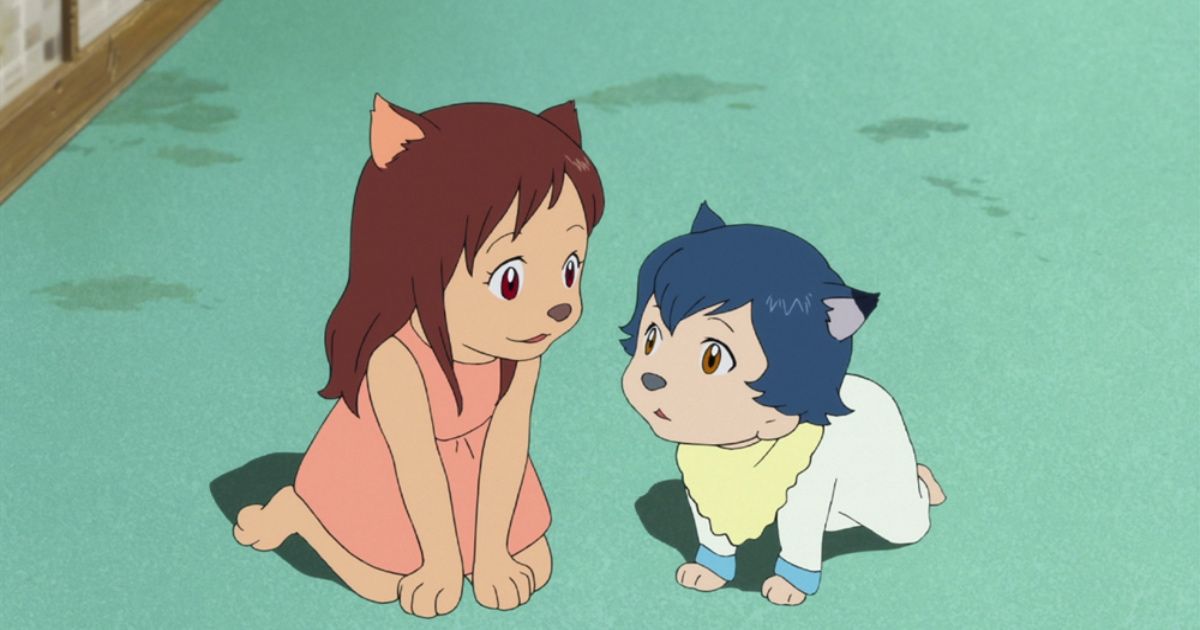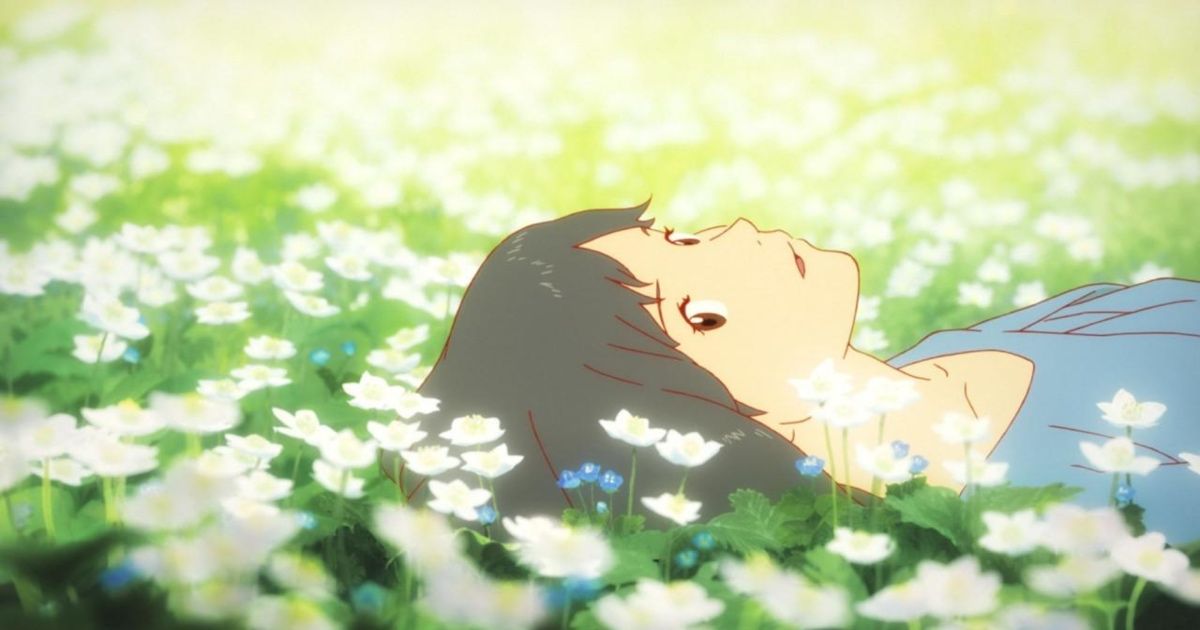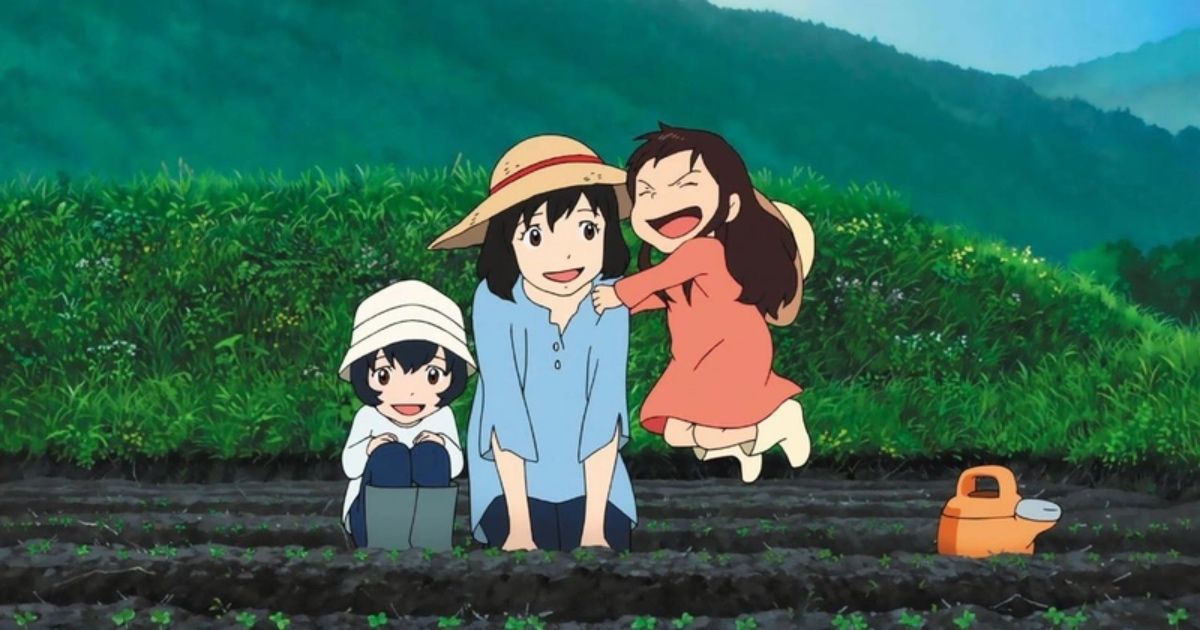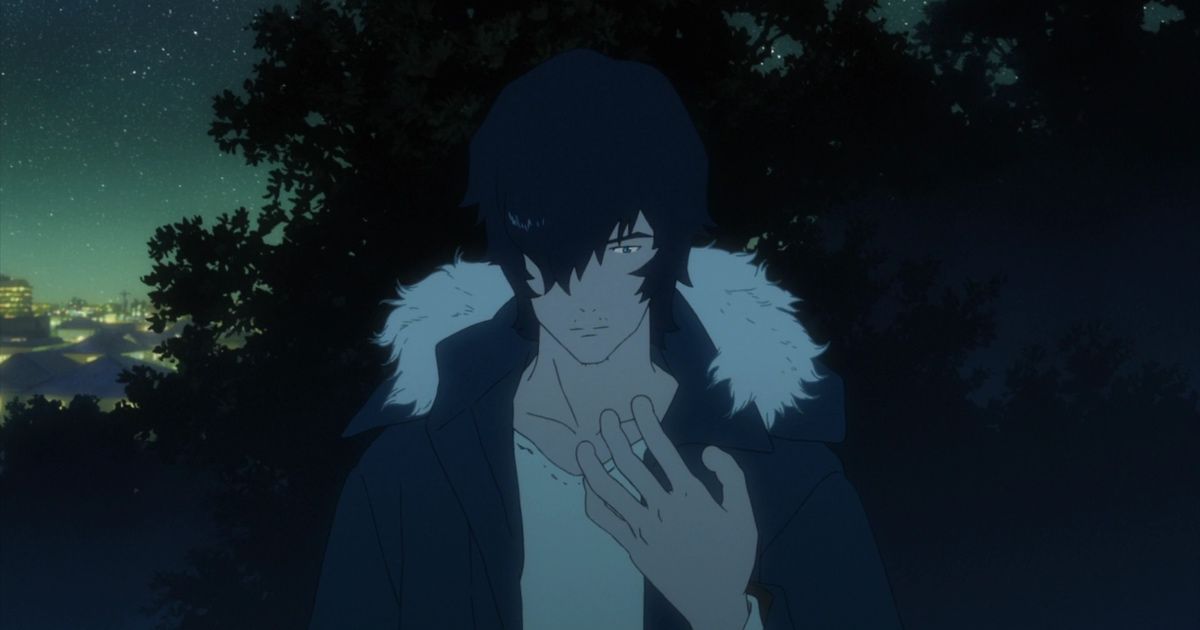Anime is such a stunning medium for film to utilize, and it often tells its stories in a warmly vibrant and organic way that only feels reachable through this art style. It's important for many audiences to keep in mind that anime movies exist throughout span much farther than the impact of a single production company, like the wildly popular films of Studio Ghibli that include examples like Howl's Moving Castle.
Wolf Children is a Japanese anime film released in 2012 under Studio Chizu and directed by Mamoru Husada, who also directed Summer Wars and The Girl Who Leapt Through Time. Wolf Children, an especially dazzling animated anime film, follows a young woman named Hana and the story of her unique family. As her daughter Yuki narrates: "Mom was a student at a national university in Tokyo," eventually meeting a mysterious man who turns out to be half wolf. Their love story leads to Yuki and their son, Ame, who are left alone with their mother after their father dies.
The film proceeds through the details of their childhood as Hana fights to bring up two curious and extraordinary kids in the worlds they observe around them. Wolf Children is one of the most beautiful anime movies of all time, not just because of its external appearance or messages, but the way it balances both to create a piece of art that happens to contain realistic insinuations.
Its Visual Art Style
Anime as an art style has such a unique beauty, in a way where natural and human-made worlds often collide. This statement is especially true of movies like Wolf Children, which also includes the supernatural, beginning when Hana and the Wolf Man first meet one another. The visual style of the film definitely changes slightly to convey the emotions of the surrounding scene, but it all maintains its sense of magical realism and external beauty. Its external and deeply detailed landscapes of both the city and country sides of Japan transport viewers into the characters' versions of them. Its simplistic but hearty designs for its human and animal characters (and those who are both) confidently take up space against these backdrops.
Throughout the film, the animators' uses of bold color and more muted ones show up holistically. Speaking critically, Wolf Children won multiple animation awards within its years of release across the globe, in multiple countries outside just Japan and the United States.
Its Theme of Family
Wolf Children continually follows Hana, the mother at the center of the budding wolf-child family that stems from her relationship with the Wolf Man. As the kids grow up, her relationship with them changes and shifts even further; as their only living parent, she's their sole source of adult wisdom who has always been there for them. The story takes Hana all the way from her young adult life as a young student herself all the way up to her daughter Yuki's school experiences. Rotten Tomatoes critic Anton Biel called the film an "elegiac family saga."
Since the kids are part wolf, they each need to find something to fill the void their father left behind, along with their connection to their inherent animal nature, when he passed. By the time the film comes to an end, viewers are left with Yuki's continued pursuit of her education while externally passing as a normal human girl. On the other hand, Ame connects with other wolves in nature and ends up living with them. Like all living creatures, each of the wolf children grows up to seek out their own families and unique futures, whether they are eventually found and created. In this aspect, it follows a family in a full-circle way, which appeals to lots of audiences out there due to its relatable components.
Its Focus on Duality
Wolf Children seems to expertly balance the idea of two worlds at a given time, and what one's experience could look like in the middle of two completely separate experiences. It affirms that the connection may be surprising and unconventional, but it's still definitely realistic and true to itself. A dichotomy like this is represented in so many different ways represented through multiple perspectives on life within the film – Hana's life as a mother in a relationship and as a single mother, the family's life with the Wolf Man and without him, and the most basic, the children's lives as wolves and as humans.
Ame and Yuki each struggle on their own as they each pull in their own direction. Every child has a different childhood experience, but in their situation, they bounce between exhibiting traits of both growing kids and wolf pups. Yuki finds it easier to blend into human society than Ame does, who instead favors his wild side instead as he grows up. Hana eventually has to come to terms with the idea that what might be ideal for one of her children isn't necessarily the best course of action for the other. The movie of course includes segments that emphasize how much she's sacrificed as a parent. Eventually, the way that each of them interprets the freedom they receive as a result of growing up becomes a beautiful reminder to audiences that everyone has different dreams and surprising paths to follow.




